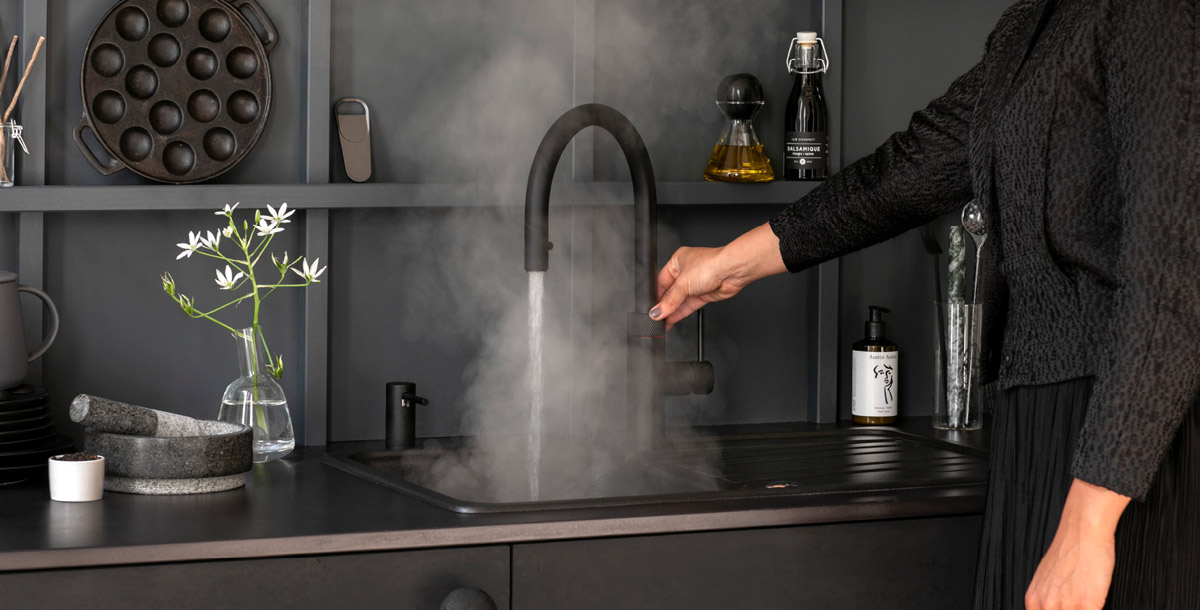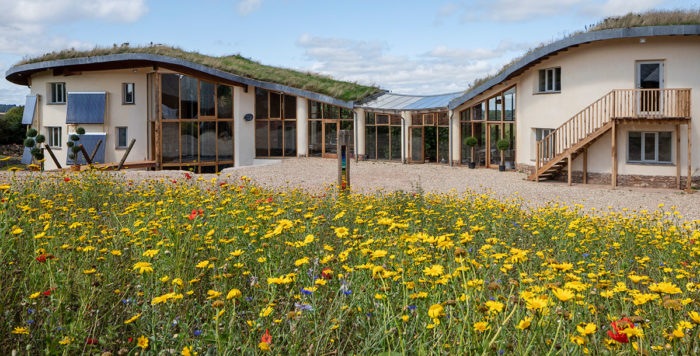How to save water in the kitchen
See how you can reduce your water usage this winter
*This article contains affiliate links. If you click on a link we will earn affiliate revenue.
The average person in the UK uses 146 litres of water per day—that’s nearly the equivalent of two full baths.
According to Ofwat’s Senior Director, Paul Hickey, this usage is well above the government target. ‘Under the Government’s Environmental Improvement Plan, we are aiming to achieve a consumption target of 110 litres per person per day,’ he notes.
So, how can you start saving money by cutting back on water use in the kitchen? In this article, we’ll address your questions and offer practical, money-saving tips.
What is water saving?
Water saving involves reducing water use through lifestyle changes and more efficient technologies. You can significantly reduce your water consumption by making these 5 changes in your kitchen, potentially saving you up to 115 litres of water a day.
1. Fix a dripping tap
Potential water saving: 15 litres a day
Did you know that a single dripping tap can waste approximately 15 litres of water a day? That amounts to nearly 5,500 litres per year – enough to fill a paddling pool every week for the whole summer.
You can significantly cut your water consumption by simply fixing a dripping tap in your household, potentially saving you up to £100 a year on your water bill.
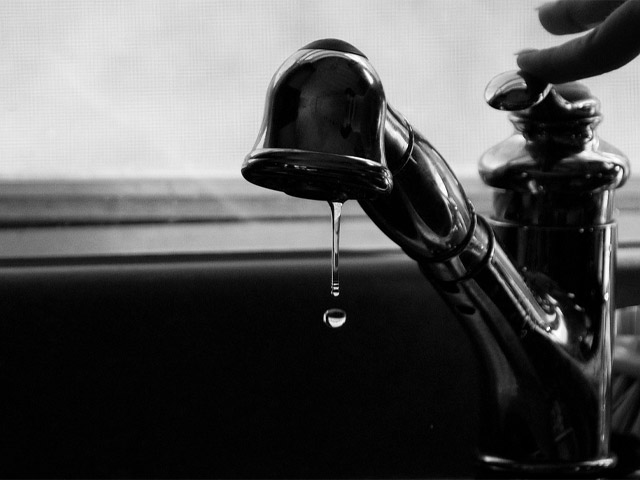
Fix that dripping tap and you could save 15 litres of water a day. Photo: Jeff Allen from Pixabay
2. Run a full load
Potential water saving: 30 litres a day
The average cycle of a washing machine uses approximately 50 litres of water.
By doing fewer, larger loads of laundry, you’ll not only be saving energy but also your wallet.
For instance, if you were to run three full loads of washing a week instead of six, you would be cutting your water consumption from 300 litres to 150 litres a week.
The same goes for your dishwasher: hold off until you have a full load of dishes. On average, a modern dishwasher uses 11-13 litres of water per cycle.
Washing on half full effectively means that you’re wasting six extra litres of water a day.
3. Careful with the kettle
Potential water saving: One litre a day
70 million litres of boiled water are thrown away every day in the UK – almost one litre per person.
Many people boil more water than they need either because they’re worried about limescale, or because they don’t think about how much they need.
To eliminate the guessing game, invest in a hot water tap so you only use the exact amount of water required.
Some boiling water taps offer both hot and boiling water, so you can quickly reach the desired temperature.
Recommended boiling water taps:
- Franke Instante 3-in-1 – Instant 100 Degree Boiling Water Tap – Chrome Plated
- QETTLE Original – 100C Boiling Water Tap, 4-in-1
- Liquida EBT311BG 3 In 1 Brushed Gold Kitchen Instant Boiling Hot Water Tap
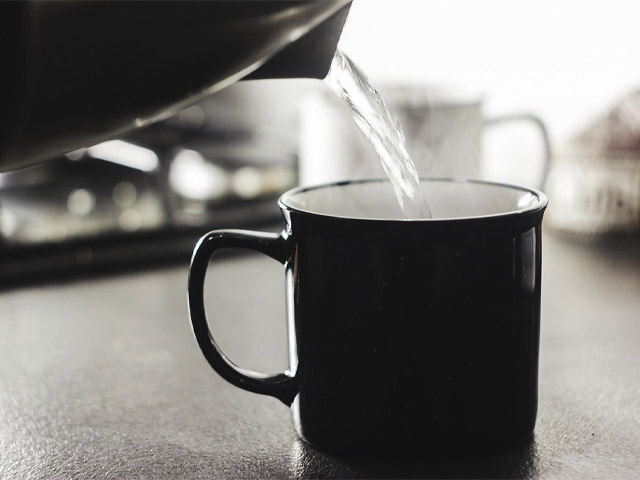
Some 70 million litres of boiled water are thrown away every day. Photo: Abbat1 from Pixabay
4. Washing veggies
Potential water saving: 15 litres a day
Instead of leaving the tap running to rinse your vegetables, fill a bowl with a small amount of water and scrub with a vegetable brush.
Running taps can waste around 15 litres of water per minute. If you cook every day and spend one minute washing your veg, you could be wasting up to 15 litres of water per day.
5. Reuse rain water
Potential water saving: 34 litres a day
The average UK roof collects 85,000 litres of rainwater per year – that’s 233 litres of water per day, enough to fill nearly 450 water butts per year.
By installing a water butt in your garden, you can use that rainwater for weekly tasks like washing the car, watering the garden, and cleaning the cat’s litter tray or fish tank.
These household chores alone add up to 235 litres of water per week, or 33.5 litres a day.
Recommended water butts:
- Ward 210L Water butt
- 100 litre The Original Prestige Wall Mounted Water butt
- Water Butt Black 100Ltr
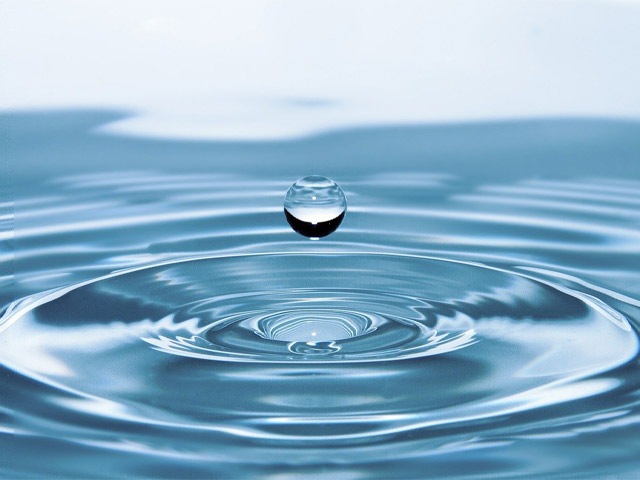
Reuse rainwater to wash the car and water the garden. Photo: Rony Michaud from Pixabay
Do dishwashers save water?
Dishwashers are often more water-efficient than hand-washing, especially when used with full loads and eco-settings.
A modern dishwasher uses about 6-15 litres of water per cycle, while continuous hand washing can use up to 60 litres.
By eliminating pre-rinsing and using eco-cycles, dishwashers can also cut energy costs and reduce their carbon footprint, making them both an economical and eco-friendly choice for households.
Recommended eco-dishwashers:
- BEKO DIN15X20 Full-size Fully Integrated Dishwasher
- BOSCH Series 2 SMV2HTX02G Full-size Fully Integrated WiFi-enabled Dishwasher
- BOSCH Series 4 SMV4HVX00G Full-size Fully Integrated WiFi-enabled Dishwasher
Can you save with a water metre?
Installing a water metre can lead to significant savings, particularly for smaller households or those with high property values. Metered customers pay only for the water they use, which can save over £100 annually for two-person homes. Additionally, households with water metres typically consume about 12% less water. However, the financial impact varies, and some larger families may end up paying more. It’s advisable to use online calculators provided by water companies to estimate potential savings based on your specific circumstances.
For more information about installing a water metre in your home, visit: https://www.thameswater.co.uk/help/water-meters
Want to learn more about saving energy in your kitchen? Check out these articles:
- 10 eco-friendly kitchen design ideas
- Instant hot water taps: a buyer’s guide
- Discover the tap that does it all
- 10 energy-efficient kitchen appliances

